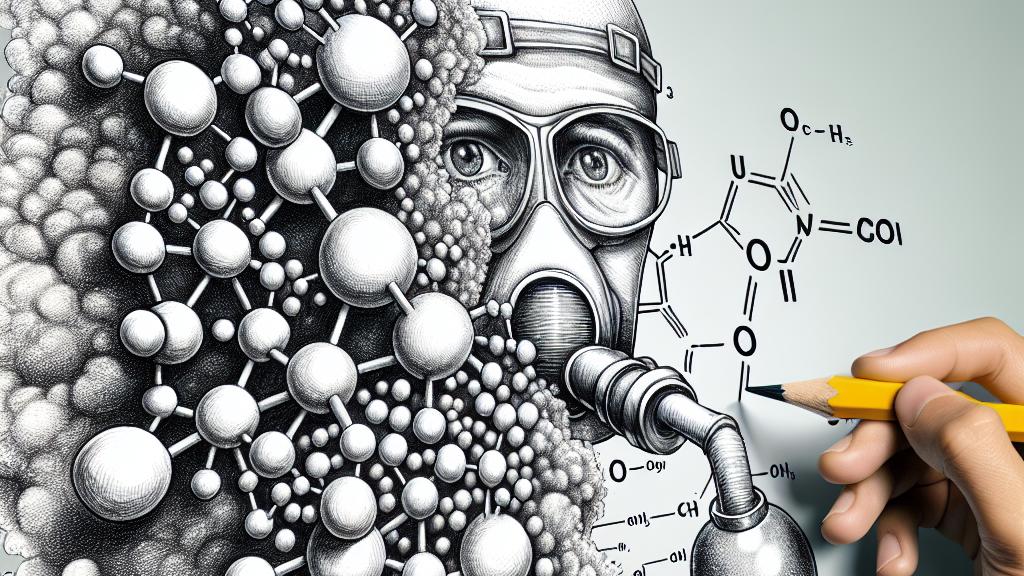New Insights into Molecular Processes of Air Pollution Formation
Overview
- Revolutionary research reveals complex molecular mechanisms underlying air pollution.
- Exploration focuses on the intricate acid-base equilibria at the critical solution-vapor interface.
- Findings are pivotal for shaping future pollution reduction strategies and policies.

The Research Context
In a pioneering study conducted in Germany, researchers from the prestigious Max Planck Society have unveiled significant insights into the molecular processes leading to air pollution. They meticulously investigated the chemical behavior of sulfur dioxide (SO2) when it dissolves in water, thus interacting at the boundary where liquids meet vapor. This research is crucial, given that air pollution is responsible for approximately 4.2 million premature deaths globally each year, as reported by the World Health Organization. Such alarming statistics emphasize the importance of understanding these molecular interactions; they have the potential to inform effective responses to public health crises fueled by air quality degradation.
Key Findings on Acid-Base Equilibria
Utilizing an impressive combination of advanced spectroscopy and cutting-edge atomistic simulations, the researchers uncovered the complexities of acid-base equilibria at the liquid-vapor interface. They found that under acidic conditions, the equilibrium significantly skews towards the generation of sulfonate ions, a critical detail that goes beyond simple observation. For example, this knowledge illuminates how sulfur dioxide reacts with other atmospheric pollutants like nitrogen oxides (NOx) and hydrogen peroxide (H2O2), demonstrating just how interconnected these chemical interactions truly are. Such a nuanced understanding is vital, as it aids in predicting the behavior and fate of these pollutants in our atmosphere, ultimately playing a significant role in shaping climate change responses.
Implications for Air Quality Management
The implications of these groundbreaking findings are nothing short of profound, offering an essential perspective on the need for in-depth studies into molecular-level processes as fundamental to effective air quality management. Equipped with this enhanced understanding, scientists and policymakers can refine predictive models for aerosol dynamics—these models are crucial for creating informed environmental policies and comprehensive public health strategies. Moreover, as pollutants increasingly infiltrate our ecosystems, the urgency to adopt and implement robust mitigation measures becomes even more pronounced. In essence, understanding these molecular interactions not only enriches our scientific knowledge but also fortifies our commitment to protecting the health of our planet and its diverse inhabitants.

Loading...